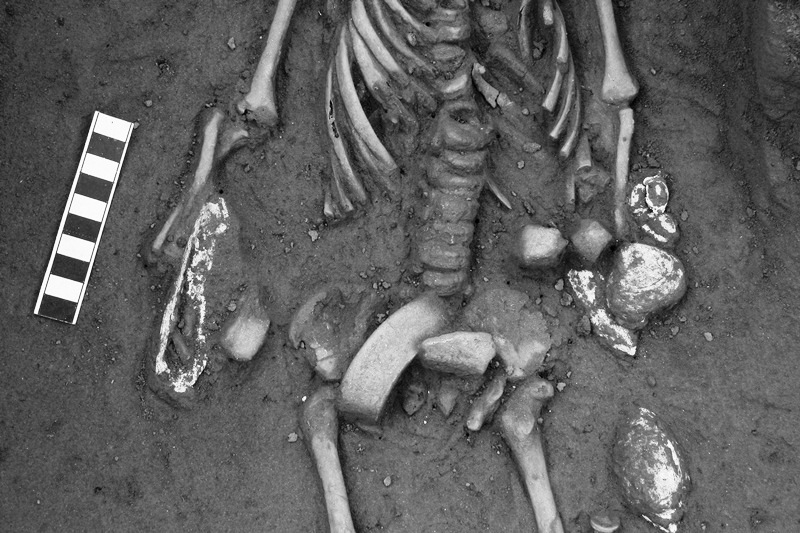THE LARGE VERTEBRATE REMAINS FROM BINJAI TAMIENG (SUMATRA, INDONESIA)
DOI:
https://doi.org/10.7152/jipa.v41i0.15027Abstract
Excavations in 1928 at the Binjai Tamieng shell midden in Northeast Sumatra brought to light a small assemblage of animal- and human remains that has never been studied in detail. The analysis of these Early Holocene finds suggests that besides mollusks and fish, a number of larger vertebrates played a role in the palaeoeconomy of the site. The composition of Binjai Tamieng has a somewhat similar signature to sites from Southern Thailand and Peninsular Malaysia. Testudine and artiodactyl remains are predominant in the vertebrate assemblage, while other species such as crocodile and a small cetacean were probably opportunistically hunted or scavenged. Animal bone was probably also used for the manufacturing of tools. Javan- and possibly Sumatran rhinoceros are present on the site. A number of human remains show traces of disarticulation and may be indicative of complex funerary rituals or cannibalism.

